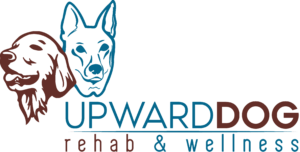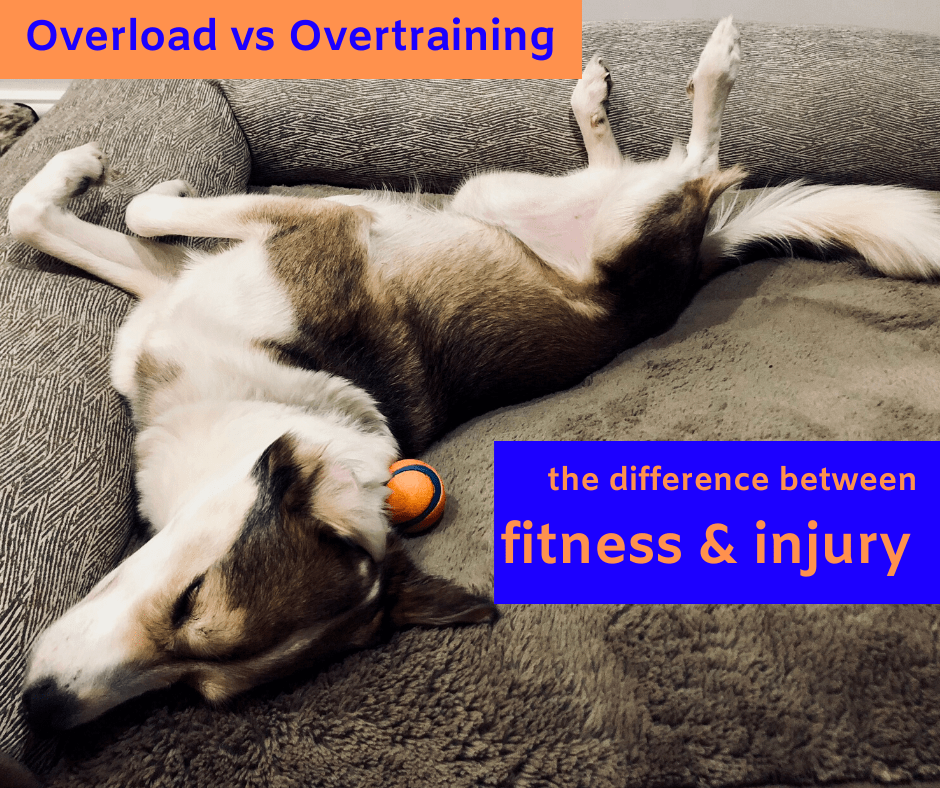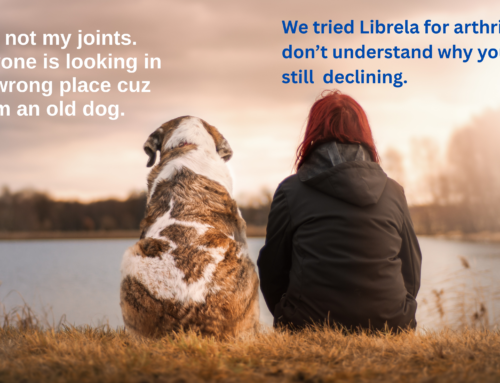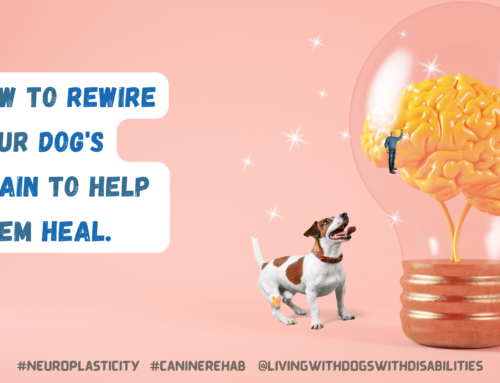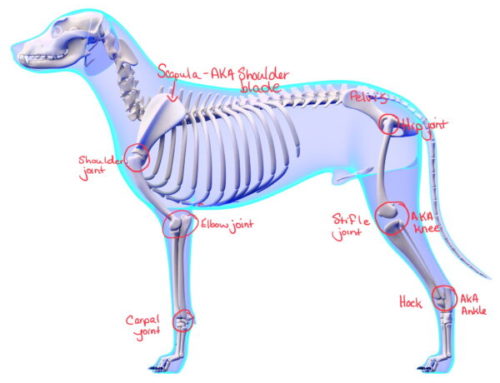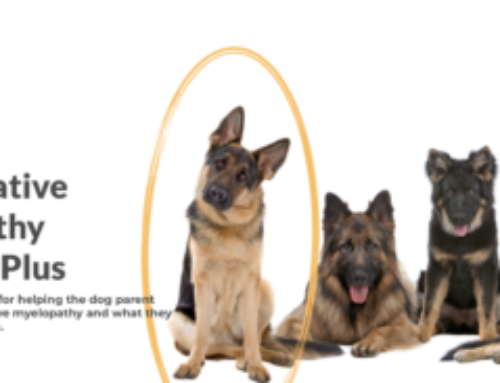If you are anything like myself and the millions of pet parents out there, your dogs are active family members. We take them hiking, swimming, running, and to the beach. Maybe you have an athlete or working dog in which case the expectations of activity and performance are even higher. So let’s talk about how to help them stay active family members.
Have you ever decided to go to the gym after a period of being off? Started a new exercise program to get in shape? Or maybe started a running program again? Recall how you felt doing a high intensity activity after being off for a while. It’s hard! And the next day you might feel that ache in your quads (thighs) fondly known as DOMS (Delayed Onset Muscle Soreness). Did you know that Fido can experience the same!?!

Having DOMS can be a normal part of a fitness regime, especially when making the exercise program harder or changing it. In order to BUILD STRENGTH, IMPROVE FITNESS and ENHANCE PERFORMANCE, the body needs to be challenged by exercising at a level that is greater than what it is used to. This is called the OVERLOAD principle and is a staple in any FITNESS PROGRAM including CANINE CONDITIONING programs.
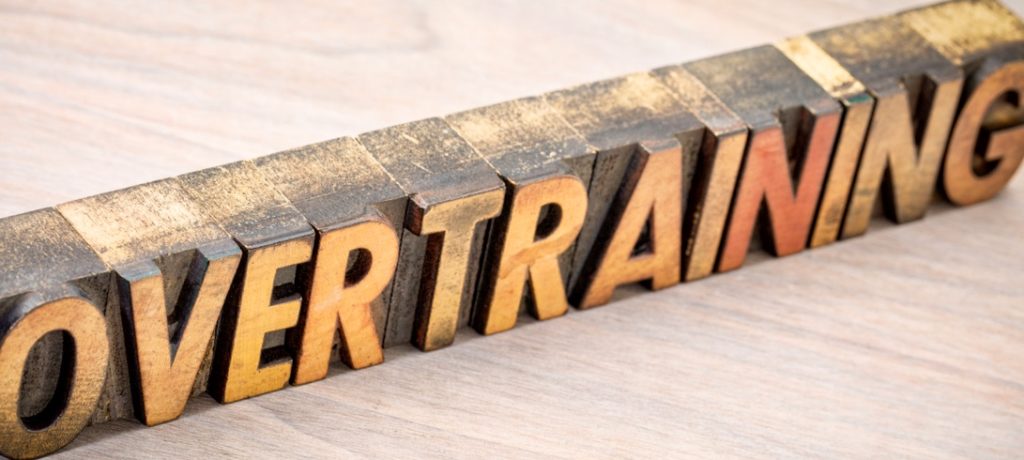
overtraining word abstract in vintage letterpress wood type against grained wood
When muscles are pushed harder than they are used to, they get stronger, BUT they only get stronger when they are given enough time to recover and adapt. Doing the same type of exercise (i.e. running) everyday, without giving the body enough rest, results in OVERTRAINING which can lead to injuries, decreased performance, and overall unhappiness. Believe or not, I see this a lot with dogs regardless of whether or not they participate in canine sports (i.e. agility, mushing, flyable etc). The amount of recovery time depends on many things from fitness level, to age of your dog, to the intensity of the activity, and so on. Rest periods aren’t periods of inactivity but doing something that is shorter in length and lower intensity and fun (i.e. 20 minute leash walk versus 30 minute trail run).
So how do you know if your dog is overtraining in an activity? If you dog has decreased willingness to participate in an activity they usually love, it could be a sign of overtraining. CHRONIC INJURIES (happens over and over again) are also often linked to overtraining. Here are some KEY POINTS to KEEP Fido an ACTIVE family member and performing top notch:
-
MIX THINGS UP Avoid doing the same activity everyday. CROSS TRAINING is something in that is utilized in the people population to get better results and decrease risk of injuries
-
Provide adequate REST PERIODS. If nothing else is wrong, but your dog seems a little off or isn’t as interested in their usual activity, slow it down and change it up. Give them a little break. You can introduce things that use more mental power such as scent work during recovery periods
-
AVOID the WEEKEND WARRIOR SYNDROME. That is, doing nothing all week then hitting the dog park hard on the weekend. Going from zero minutes of activity to an hour and half walk on Sunday afternoon could result in a tender pup on Monday. This isn’t the same as experiencing DOMS. This is a big jump in stress demands on the body which can lead to injury.
-
PROGRESS EXERCISES GRADUALLY That means start out easy (aligned with your dog’s current health/fitness level) and in a period of weeks and maybe even months, increase difficulty.
-
RETURN TO SPORT PLAN POST INJURY RECOVERY. If your dog has had an injury and went through a recovery/rehab period and is now pain free, you need a RETURN TO SPORT PLAN. A 2017 study showed that muscle weakens (atrophy) in as little as 2-3 weeks of disuse. That means your dog needs a personalized plan to get them back into action! This plan should be tailored to your goals and specific to the activity/sport demands. This is called ‘SAID’ which stands for ‘specific adaptations to imposed demands‘.
